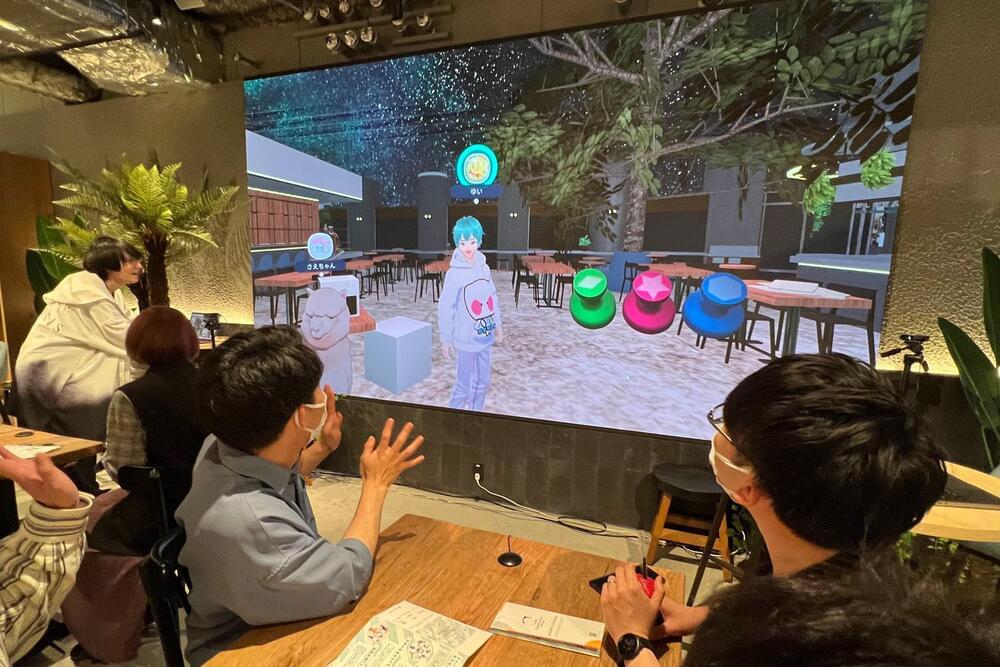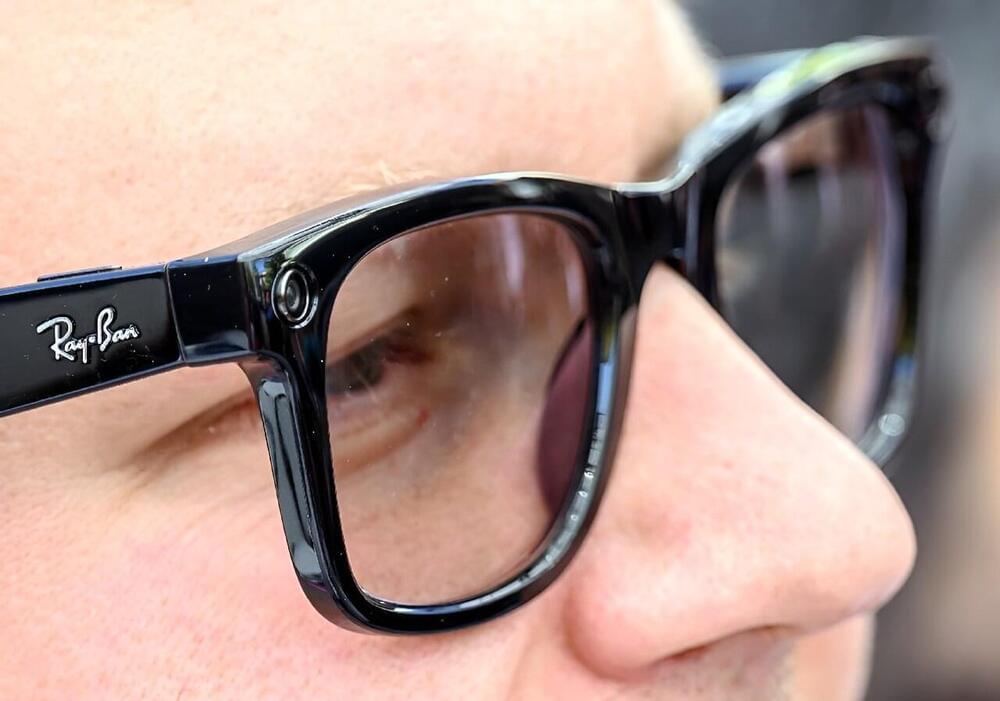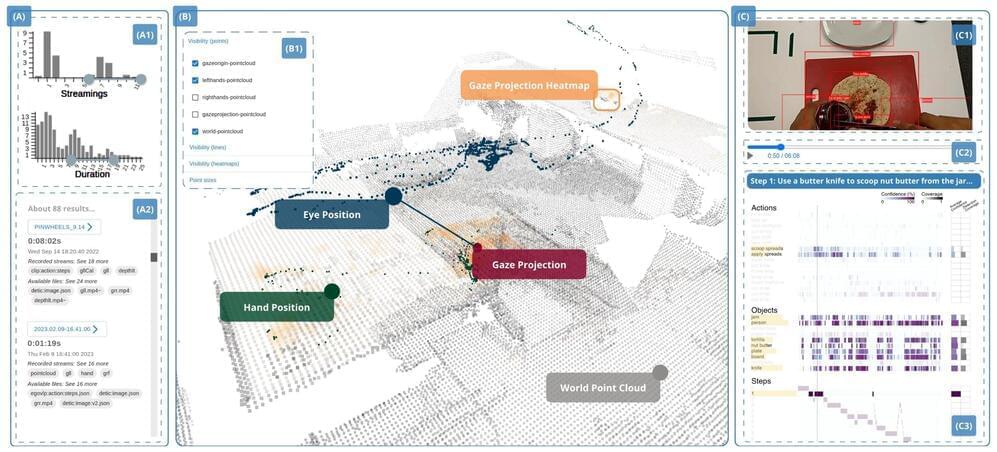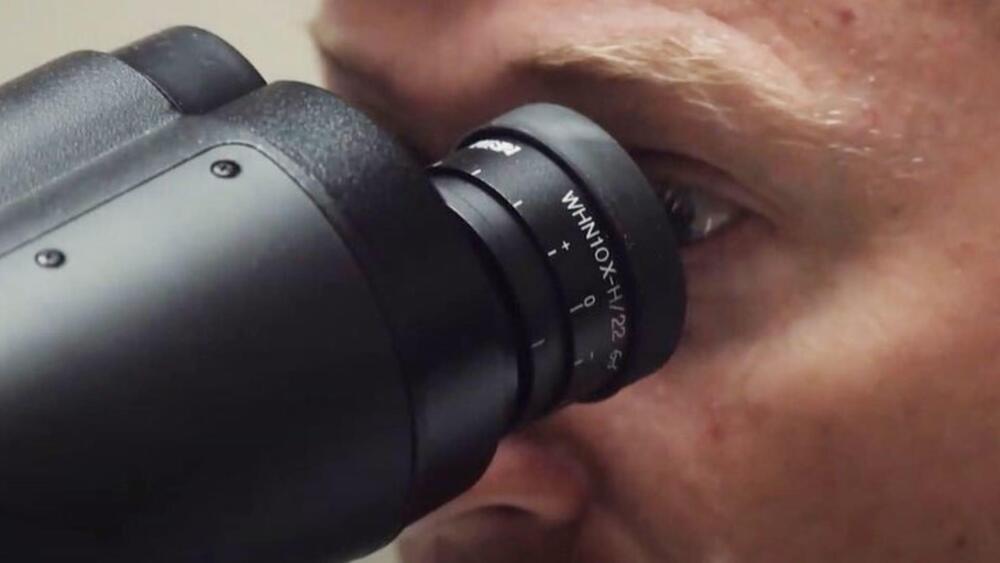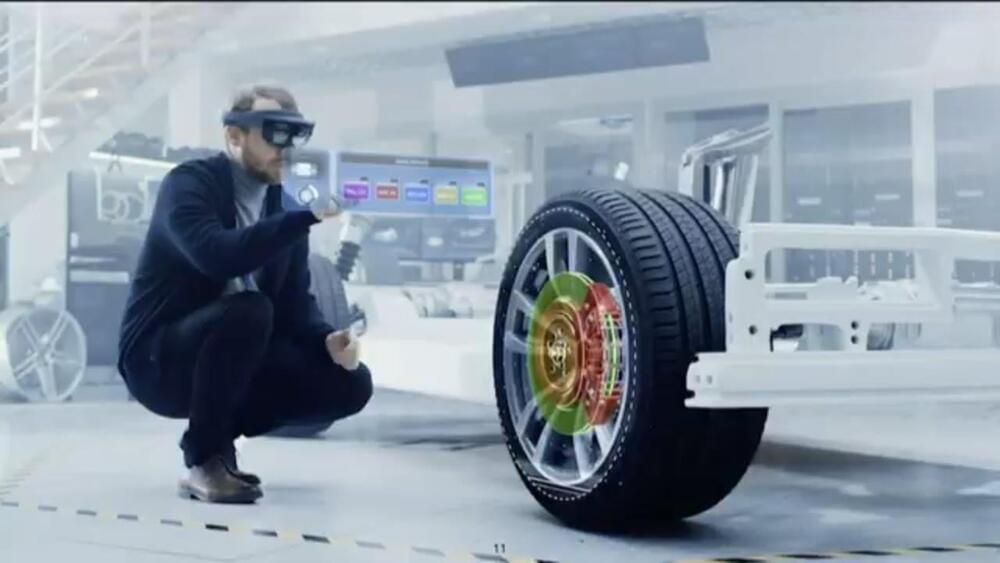Oct 2, 2023
Changing reality with virtual technologies
Posted by Shubham Ghosh Roy in categories: augmented reality, robotics/AI, virtual reality
From attending a meeting to enjoying a live performance or, perhaps, taking a class at the University of Tokyo’s Metaverse School of Engineering, the application of virtual reality is expanding in our daily lives. Earlier this year, virtual reality technologies garnered attention as tech giants, including Meta and Apple, unveiled new VR/AR (virtual reality/augmented reality) headsets. We spoke with VR and AR specialist Takuji Narumi, an associate professor at the Graduate School of Information Science and Technology, to learn about his latest research and what VR’s future has to offer.
At the Avatar Robot Café DAWN ver. β, employees serve customers via a digital screen and engage in conversation using avatars of their choice, such as an alpaca and a man with blue hair.
